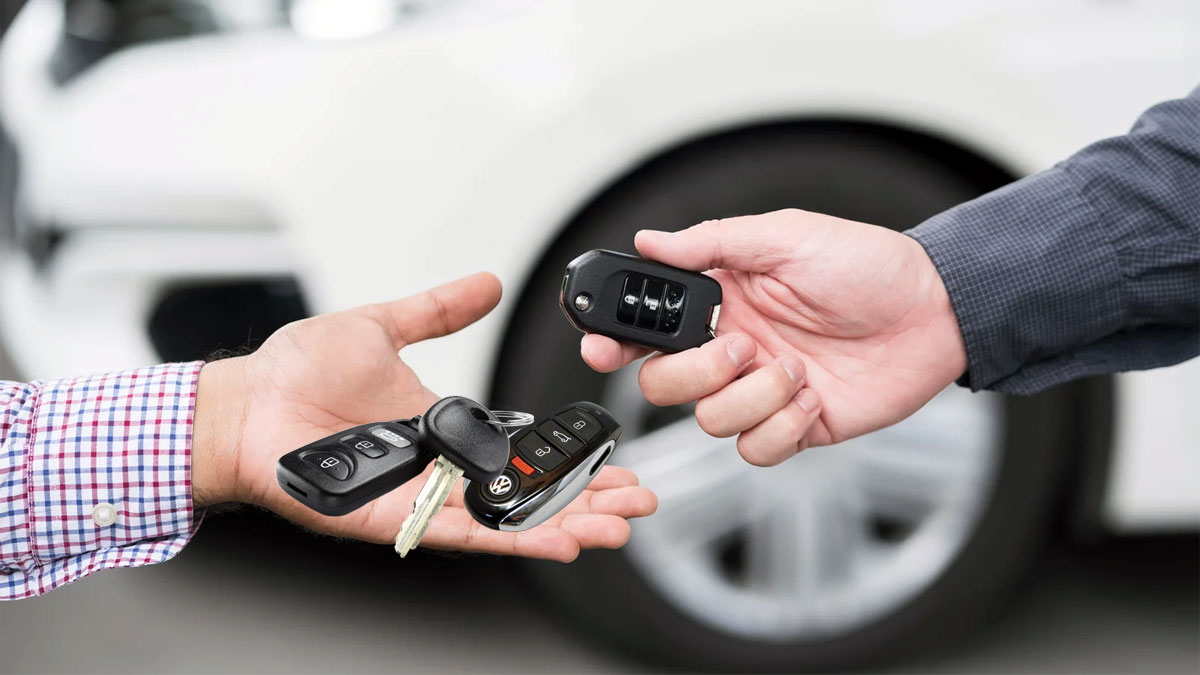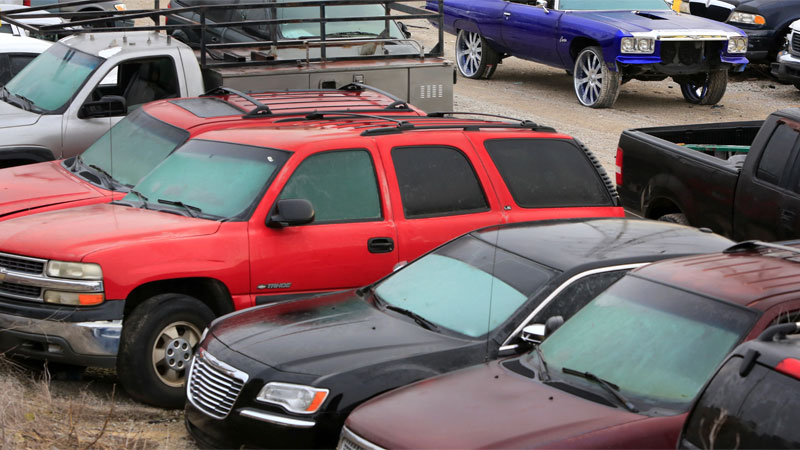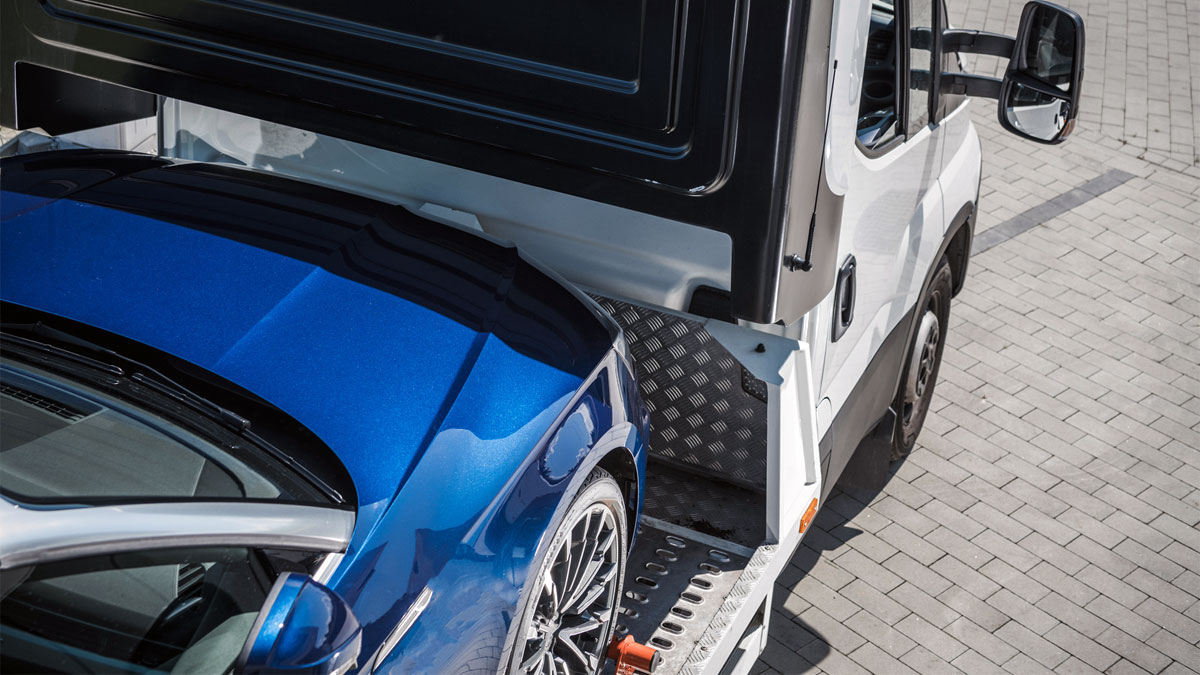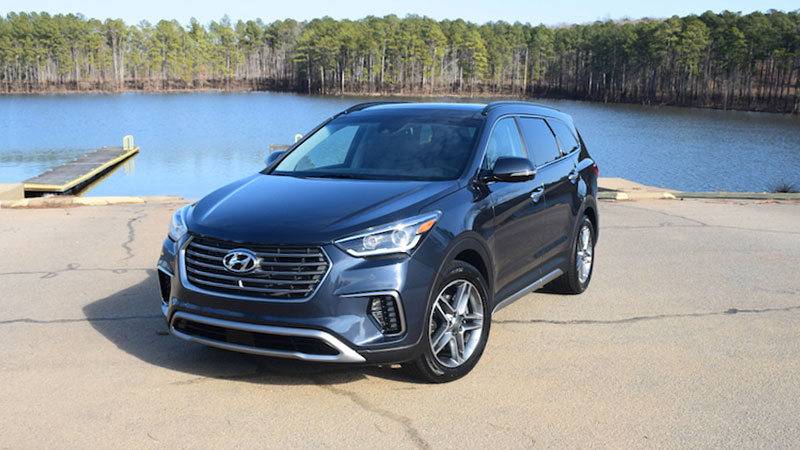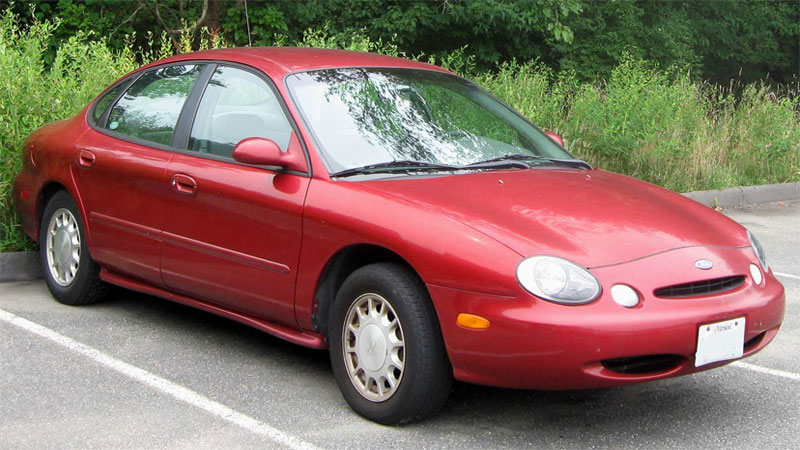2-for-1 Deal: Can You Really Trade-In Two Old Cars For One New Car?
Ever wondered if you could take two old cars you’re tired of spending money on to a dealership and swing a deal to trade them in for one nice, new car? It may seem unlikely a dealer would allow a two-for-one swap, but under certain conditions, it’s definitely possible. Let’s … Read more

